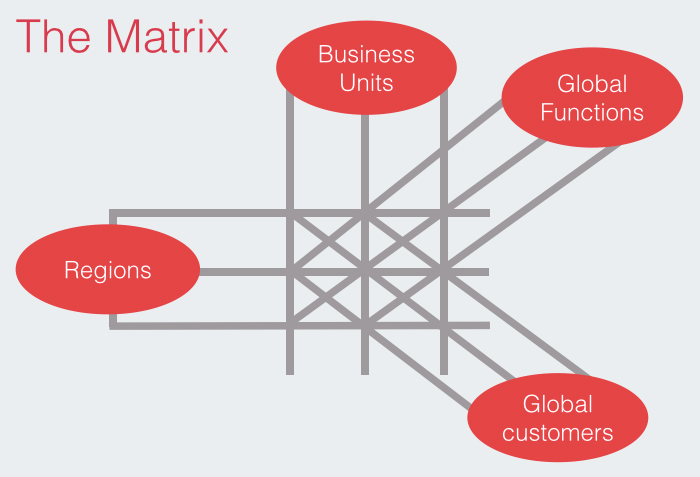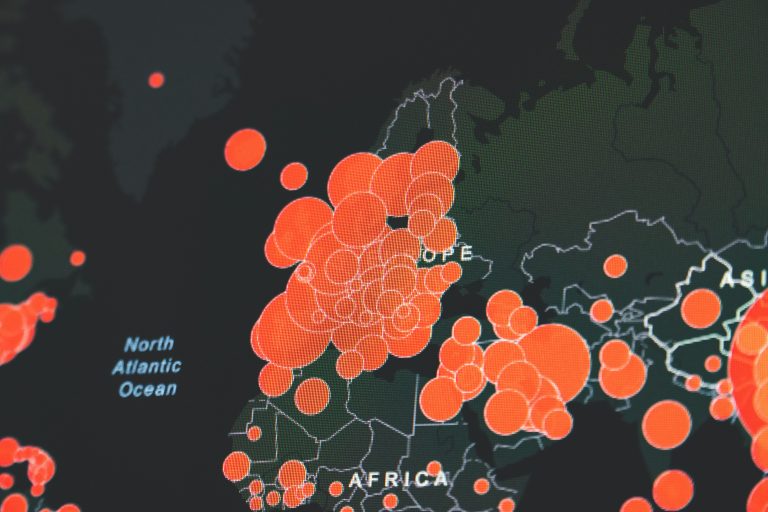Client Story: Making Talent Development Truly Global
One of the challenges many multinational organizations face is how to ensure consistency in leadership development while respecting local realities. Our client—a global industrial company headquartered in Germany—has recently taken a significant step in this direction.
We are entering the era of unparalleled talent scarcity, which, if left unaddressed, will put a brake on economic growth around the world, and will fundamentally change the way we approach the workforce challenges. No country, no organization can remain competitive unless talent – the engine force of economies – is there to ensure success of organizations in turbulent times, handle the political, social agenda and boost research and innovations.
Jean Charest, World Economic Forum Report: Global Talent Risk Seven Responses
A new approach for global talent
Organised as a global matrix with international functions and cross-border teams, the company had historically run a range of country-specific, or region-specific development initiatives. While these programs had merit, they varied in scope, format and strategic alignment. Recognising the need for a more coherent approach, the business made the decision to redesign its talent development architecture; this time with a truly global lens.
What followed was a deliberate and collaborative process. Over several months, a global project team engaged business stakeholders across regions to define shared learning objectives and design consistent learning journeys. Particular care was taken to ensure that the program content reflected not only the organisation’s strategic priorities but also the realities of leading and collaborating in a multicultural, matrixed environment.

A global strategy is meant to be global. Its development requires breaking free from regionally or nationally confined thinking. Different markets, cultures and approaches shape the way we operate, and a global talent strategy must reflect this diversity. It’s about understanding how this diversity impacts performance and integrating it into a strategy that drives real business results.
Dmitrii Khasanov, Arrow Stars, Forbes Council
Agile solutions are essential
Today, these programs are being rolled out across the globe, with a common structure, content and set of methods, delivered in a coordinated way across all regions. Where participant cohorts are made up entirely of employees from one country, the programs are offered in the local language, and adaptations are made to reflect national context or audience-specific needs. But the core experience remains aligned: the same learning goals, the same program flow, and a common leadership language.
This global roll-out spans 10 countries and is delivered through a blended format: both online and in-person. A diverse team of 15 facilitators working in eight languages, ensures that the delivery matches the quality and intent of the design. The result is a global program that feels consistent without being rigid, and locally relevant without being fragmented.

The initiative is still ongoing, but early feedback from participants and stakeholders suggests that the global coherence has increased internal visibility of the programs, improved cross-country dialogue, and reinforced the company’s ambition to grow leadership in a way that truly matches the international business footprint.
This case illustrates what can be achieved when leadership development is approached not as a collection of isolated efforts, but as a system; rooted in strategic alignment, cultural awareness, and thoughtful execution.
As you construct this high-development culture, give some thought to your star employees who are halfway down the organizational chart, where your leadership pipeline begins.
Do your most talented employees deeply understand your direction and purpose? Are they aligned with that and understand what their next steps in career development could be? Do their managers acknowledge their excellent work and look for ways to leverage their strengths, stretch their capacity without burnout? Are they part of a network of people who champion development?
These are some key questions you can explore internally as you review how to align your global talent development with the business’ needs of the next decade.
We sometimes want to focus on challenges and solutions in a way that is culturally relevant to the country we are in. If the parent organization is abroad, that thinking has to change. The team also has to think, act and negotiate in a way that will make sense to the global team. This even includes the communication apps that are used
Maayan Aviv, American Friends of NATAL, Forbes Council
Aligning our corporate mobility and talent management teams has proven to be a strategic advantage, delivering substantial benefits across multiple dimensions. Enhanced collaboration and efficiency, improved talent retention, strengthened external employer brand, holistic talent development, and data-driven decision-making are just some of the key outcomes. As we continue to refine and expand this alignment, we anticipate even greater success in attracting, developing, and retaining the best talent in our sector. This integrated approach is not just a competitive advantage but a necessity in today’s global business environment.
Global Head of Cross-Border Employment for a leading global FMCG firm
Where next?

If you want to develop your leaders, teams and talent pool, we will be happy to discuss your needs. We have been designing and delivering tailored training for global leaders, managers and teams, since 2007. We specialize in applied, practical learning, so participants can build on their expertise and apply what they learn, straight away. We work with HR teams to co-design hybrid, live online and asychronous materials, to fit your specific needs. For an informal discussion on how we can help your people be the agile, innovative and confident workforce you need, do get in touch.
Georgia Horndasch-Shaw is client account director for businesses in Europe. She has been building partnerships with clients since 2007 and works with our biggest private sector clients.




